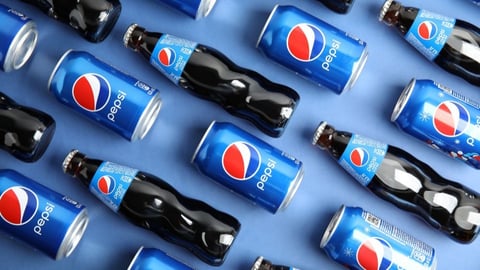Conagra Navigates Potential $200M Tariff Hit, Bolsters Supply Chain
Conagra Brands will need to tackle several cost headwinds in fiscal year 2026 due to the challenging global trade environment, inflationary pressures and supply chain constraints.
According to the company’s recent earnings conversations, tariffs alone are projected to add approximately 3% to the company’s cost of goods sold, totaling more than $200 million annually.
It will also have an anticipated impact on the company’s canned food products, as the rising costs are primarily driven by tariffs on steel and aluminum. While Conagra said the majority of its manufacturing is domestic, tariffs on some imported goods such as palm oil, cocoa and other ingredients will also contribute to the financial hit.
In response, the company has established a cross-functional task force to mitigate the impact of tariffs through alternative sourcing, cost savings initiatives and targeted pricing actions. Conagra expects to mitigate an estimated 1% of the 3% tariff impact, with further pricing strategies providing an additional cushion in the second half of the fiscal year.
Overall, the company expects total inflation to reach 7% for the year, with the five-year cumulative net inflation reaching around 45% — a historic amount over such a short period of time, according to president and CEO Sean Connolly.
Add on Supply Chain Complications
Issues around meeting inventory demand are compounding the tariff-related obstacles.
Connolly shared that while the company saw great success following an innovation led by its demand science team to launch Banquet Mega Chicken Filets — a Chick-fil-A-inspired product — in fiscal year 2025, the virality of the offering overwhelmed the company’s internal capacity. Due to this, Conagra had to rely on external manufacturers, leading to inventory shortfalls in the third quarter.
Additionally, the company struggled with a separate supply chain issue within its frozen vegetables segment. As a result, the company experienced a pullback on merchandising support, lost sales and was hit by increased production costs.
“A critical focus for fiscal '26 is materially strengthening our supply chain resiliency to support growth and ensure we can meet consumer demand effectively, not just today, but well into the future,” said Connolly during the call.
Also read: Conagra reports frozen food trends are heating up
Investments will look to modernize facilities and expand capacity in high-growth categories and will include:
- Implementing connected shop floor technologies
- Modernizing its baked chicken facilities
- Expanding its fried chicken capacity to better meet demand
- Pre-building inventory while sourcing externally in the interim
The efforts build on AI experimentation launched by the company with Microsoft last year to automate routine tasks that will increase productivity inside Conagra’s production facilities.
Connolly said these efforts will initially be cost-intensive, but will result in a stronger, more resilient foundation that will support long-term growth and lead to cost-saving efficiencies.
“Basically, in the food industry, what you've got going on these days is a lot of automation and modernization of factories that in the past were not that,” he said. “And as you do that, you become more efficient and you can run with better throughputs and lower costs, and that's what we've seen.”





